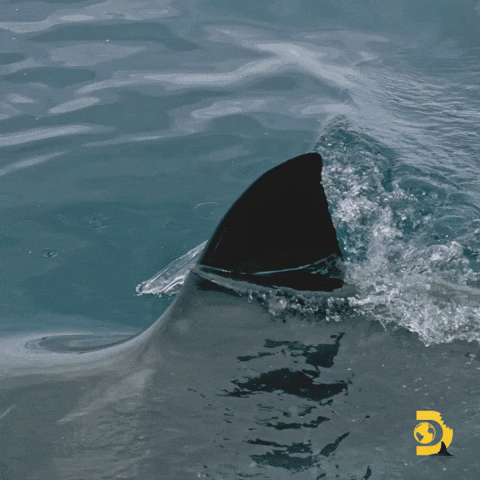“There is a big difference between dirt and soil,” filmmaker and activist Rob Herring says. “Dirt is lifeless. Soil is life.”
The Need to GROW is a new documentary about an age-old matter—soil. And although soil science is relatively young and unbelievably complex, it’s been a life source for millions of years. With somewhere around six billion microorganisms in a mere tablespoon of soil, these are galactic ecosystems which scientists are just starting to understand.
“These systems evolved over millions of years to optimize delivery of nutrients to plants, hold water in the ground and store carbon in our soils,” explains Herring, who made the film with creative partner Ryan Wirick. “Literally our air, food and water all rely on healthy soil. However, it's estimated we're losing 75 billion tons of soil every year. At this rate, the UN estimates that we have 60 years left of farmable topsoil. Not enough people are talking about this.”
[quote position="full" is_quote="true"]It's estimated we're losing 75 billion tons of soil every year. At this rate, the UN estimates that we have 60 years left of farmable topsoil.[/quote]
It’s been Herring and Wirick’s goal to get people talking. In a way, Herring’s journey from concerned college student to dedicated filmmaking activist started when he wrote a song about GMOs.
“The very divisive debate continues over the safety of GMOs,” he explains, “and as with most controversial issues, I believe the truth lies somewhere in the grey. My focus is not specifically on this topic anymore, but on a much bigger part of the discussion that is often overlooked. The entire paradigm of the chemical agriculture model is harmful to soil biology.”
[/vimeo]
Healthy soils are a game changer when it comes to producing nutrient-dense healing foods, creating true drought and flood resistance, and sequestering the carbon pollution humans have put into the atmosphere.
“Going to clean energy is awesome,” he says, “but does nothing to remove the carbon we've already put in the air.”
Sure, it sounds heavy (pun intended), but don’t expect another doom and gloom documentary. When Herring and Wirick joined forces, both were taken with the passion each had, but shied away from pointing fingers. They knew people were already paying attention to what was wrong with the world; that they were and are ready to march and protest against the powers that be. They weren’t seeing people that were ready to rally for what they can do right now—solutions that can be implanted immediately.
Instead, they asked themselves: How do we repurpose that energy and where could it best go?
“We certainly can't expect things to be figured out by merely focusing on the problems,” Herring says. “Media and art need to be saturated with ideas of solutions so that it becomes abundantly obvious not just that we need to change, but what you, me or anyone can start doing right now.”
[quote position="left" is_quote="true"]Media and art need to be saturated with ideas of solutions so that it becomes abundantly obvious not just that we need to change, but what you, me or anyone can start doing right now.[/quote]
This includes supporting urban agriculture, seed libraries, school gardens, aquaponics and vertical farms.
“True healing of our planet will only happen with a cultural shift towards a regenerative food system,” Herring says, “but it takes more than talk. It takes our collective participation.”
Enter The Need To GROW. The feature-length documentary, now in its final stages of post-production and slated for an early 2017 premiere, isn’t just a series of talking heads and stats to educate people about soil. Instead, it follows the journeys of a handful of innovators of solutions over a couple years and documents their struggles and victories as they work to bring their new technologies to the world.
“We believe these technologies could have remarkable ripple effects if adopted on a bigger scale,” says Herring, hopeful. “It's through the eyes of these diverse, inspiring leaders that we learn about the possibilities at our fingertips and the solutions that already exist today.” The film aims to showcase solutions on all scales so that virtually every viewer, no matter where they live or how much land they have, can be empowered with ideas and tools to start growing some percentage of their own food. “We want them to not just know why it's a responsible thing to do,” concludes Herring, “but how cool and beneficial it will be to their lives as a whole.”




















 Music isn't just good for social bonding.Photo credit: Canva
Music isn't just good for social bonding.Photo credit: Canva Our genes may influence our love of music more than we realize.Photo credit: Canva
Our genes may influence our love of music more than we realize.Photo credit: Canva

 Great White Sharks GIF by Shark Week
Great White Sharks GIF by Shark Week